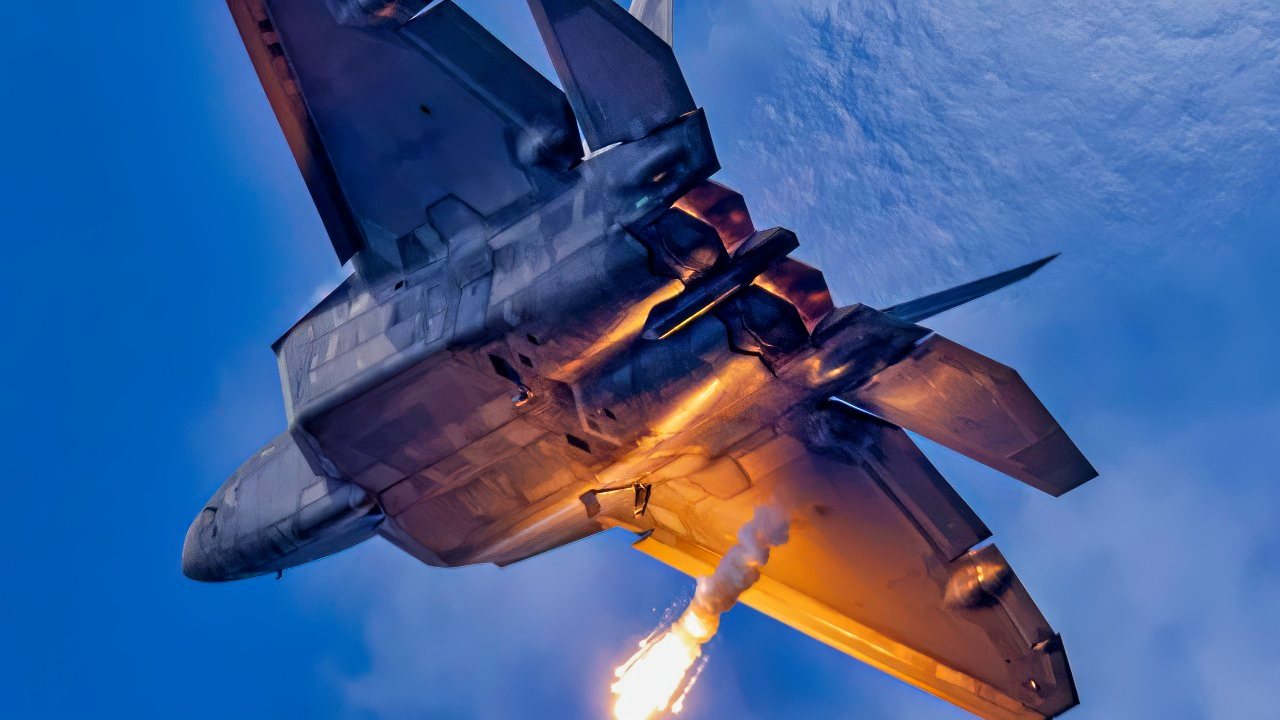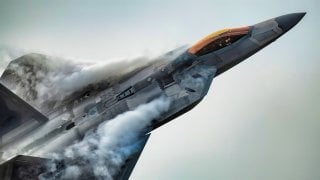The F-22 Raptor Stealth Fighter Is Really Expensive for a Reason
The F-22 Raptor, recognized for its superior capabilities and significant cost, stands as a legendary fifth-generation fighter, unmatched by any other in its class. Its development was driven by the need to outperform Soviet aircraft, resulting in a fighter with unparalleled stealth, supermaneuverability, and supercruise abilities.
Summary: Despite its advanced features, the end of the Cold War and shifting military priorities led to a reduction in the number of F-22 fighter units produced, raising the cost per airframe. Today, the F-22's role and future are balanced against evolving defense strategies and the advent of newer technologies.
The F-22 Raptor Legend
The F-22 Raptor is the most expensive per-unit fighter jet ever built, but the formidable airframe is well worth its hefty price tag.
As the first fifth-generation platform to enter service with any military, the American-made F-22 will always be a legend. Many fifth-generation platforms have since taken to the skies, including the American-made F-35 Lightning II, China’s Chengdu J-20 and the Russian Su-57, but the F-22 still flies at the head of the class. From a tiny cross-radar section and enhanced thrust-to-weight ratio, to greater fire power and faster speed, the Raptor’s characteristics leave it without parallel.
The Raptor’s Origin Story
American engineers began researching replacement platforms for the F-15 Eagle and F-16 Fighting Falcon in the early 1980s, and the Advanced Tactical Fighter program was conceptualized. At the time, the Soviets were flying increasingly capable jets. Specifically, the Sukhoi Su-27 and Mikoyan MiG-29 were considered quite formidable.
Multiple manufacturers joined the competition to build this next-generation fighter and its components. Lockheed Martin and Pratt & Whitney emerged as clear winners; their YF-22 prototype featured thrust vectoring nozzles and several other sophisticated attributes.
Specs & Capabilities
The F-22 was the first platform to combine stealth, supermaneuverability, and super cruise in one airframe when it was introduced more than a quarter-century ago. Perhaps the Raptor’s most significant feature is its small radar cross-section. The F-22 is far less observable than the F-35.
A pair of Pratt & Whitney F119-PW-100 turbofan engines power the Raptor, producing a total thrust of approximately 70,000 pounds. With its thrust-vectoring capabilities, the F-22 is able to outperform competitors in a dogfight. The Raptor was designed to penetrate deep into enemy airspace, and it can fly at supersonic speeds for sustained periods of time.
In addition to its unmatched stealth, the F-22 can pack a punch. This robust airframe can carry air-to-ground and air-to-air weapons including precision-guided ground bombs like Joint Direct Attack Munitions. When it is in its air-to-air configuration, the F-22 can also carry six AIM-120 Advanced Medium-Range Air-to-Air Missiles and two AIM-9 Sidewinders.
When first introduced, the Raptor also incorporated an AN/AGP-77 active electronically scanned array radar that could track targets prior to going electronically silent.
By comparison, the F-35 Lightning II carries a much smaller payload of just four air-to-air missiles.
Why Is the Raptor Fleet So Small?
Initially, the Air Force envisioned acquiring 750 F-22s at a total program cost of just over $44 billion and a procurement cost of $26 billion in 1985 dollars. But the end of the Cold War and the collapse of the Soviet Union changed these plans.
By the time the F-22s entered service, the U.S. no longer needed a platform able to deter the USSR. In the early 2000s, the U.S. military’s focus shifted fully away from Eastern Europe and on to the Middle East. Following the 9/11 attacks, American entrenched itself in war in multiple theaters against terrorist groups with little to no air defenses or effective fighters.
The F-22 Raptor’s Greatest Downfall
Since the need for Raptors was rapidly evaporating, the Air Force’s initial order for 750 Raptors dropped to less than 200. This limit to production drove up the price per airframe, since ordering components in large volume for a 750-Raptor fleet would have been much less expensive than ordering for smaller batches.

The F-35 is a more cost-effective platform. The newer fighter has much lower maintenance requirements and a higher combat readiness rate. Also, the F-35 was designed with data link connectivity that will enable it to be upgraded with future technologies as they emerge.
In 2023, the Air Force argued that the 32 remaining Block 20 Raptors were simply too expensive to maintain. The service requested that it be allowed to allocate the $500 million intended for F-22 upkeep to its Next Generation Air Dominance program instead.
While this sixth-generation program will be paramount to U.S. national security once introduced, retiring the remaining Raptors all together right now would create a gap in capability. If a kinetic conflict between Beijing and Washington were to break out, F-22s would undoubtedly play an active role.
About the Author: Maya Carlin
Maya Carlin, National Security Writer with The National Interest, is an analyst with the Center for Security Policy and a former Anna Sobol Levy Fellow at IDC Herzliya in Israel. She has by-lines in many publications, including The National Interest, Jerusalem Post, and Times of Israel. You can follow her on Twitter: @MayaCarlin. Email the author: [email protected].
Image Credit: Shutterstock.


